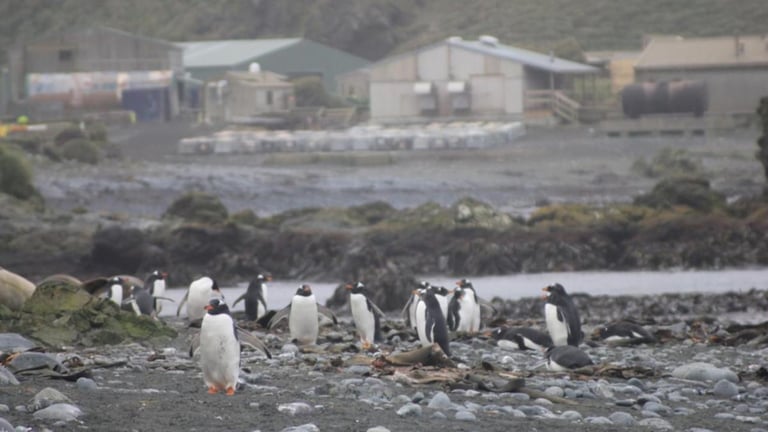Australia Prepares for Imminent H5N1 Bird Flu Threat in Antarctic Territory and Macquarie Island
August 14, 2024
Australia is bracing for the potential arrival of the H5N1 avian influenza strain in its Antarctic territory and Macquarie Island, with experts warning that it is a matter of 'not if, but when.'
Dr. Louise Emmerson from the Australian Antarctic Division emphasized the urgency of the situation as migratory species return in spring, prompting scientists to be deployed to monitor for signs of H5N1.
Ongoing monitoring on Macquarie Island will continue year-round, especially given its status as a World Heritage site known for its diverse wildlife.
The H5N1 virus has already caused the deaths of over 500,000 wild birds in South America, highlighting its severe impact on wildlife.
In Australia, eight poultry farms in Victoria have reported infections, leading to the culling of all chickens on these farms to contain the outbreak.
While experts believe the risk of H5N1 to humans remains low, the strain poses a significant threat to bird populations, with severe mortality already observed in other countries.
The H5N1 strain, first identified in 2020, has led to millions of deaths among seabirds, wild birds, and poultry globally, raising alarms about its potential effects on Australia's wildlife.
Currently, Australia is the only continent free of the H5N1 variant, although other bird flu variants have resulted in over 900 human cases and more than 400 deaths since 2003.
In response to the threat, the federal government is investing $6.9 million to combat avian influenza, which includes extending a national wild bird surveillance program.
Emergency response exercises are being conducted to prepare for a potential outbreak and its impact on wildlife and possible transmission to humans.
Robb Clifton from the Australian Antarctic Division stressed the importance of proactive planning and learning from past experiences, such as the COVID-19 pandemic.
Environment Minister Tanya Plibersek has highlighted the imminent risk that H5N1 poses to both captive breeding programs and healthy wild bird populations.
Summary based on 3 sources
Get a daily email with more World News stories
Sources

The Guardian • Aug 14, 2024
Ecologists warn deadly H5N1 bird flu could arrive in Australia via Antarctica as preparations ramp up
The Sydney Morning Herald • Aug 14, 2024
A ferret’s sneeze is helping monitor the risk of a bird flu pandemic
The West Australian • Aug 14, 2024
'Not if but when': Antarctic preparations for avian flu